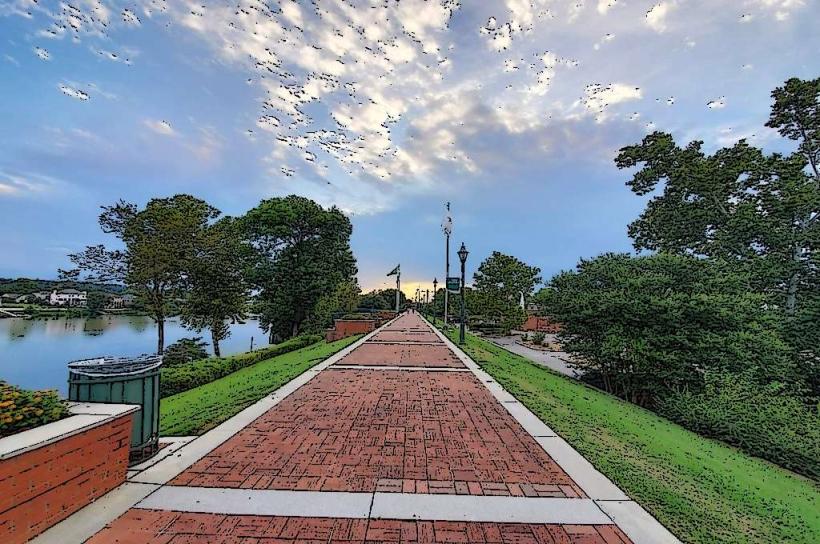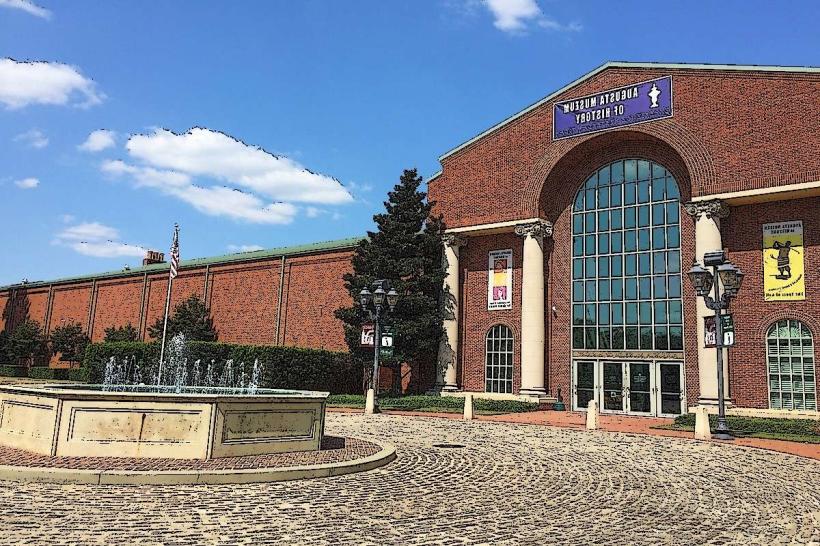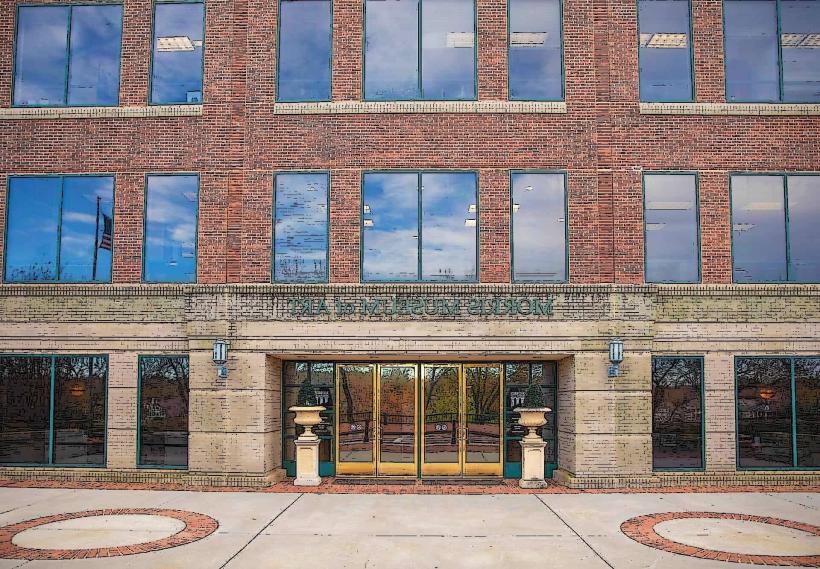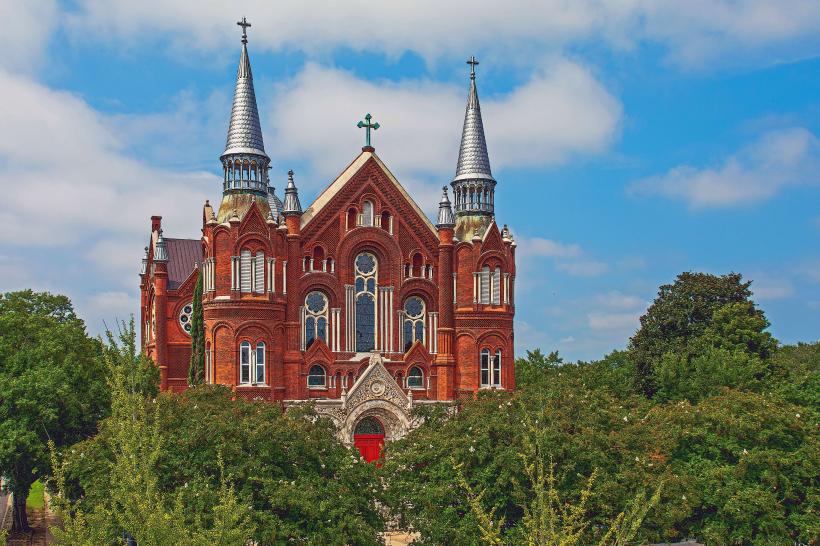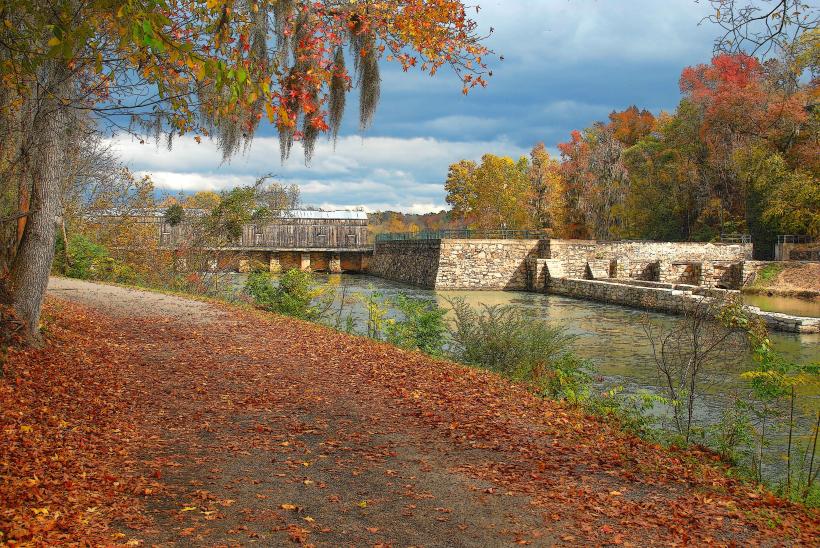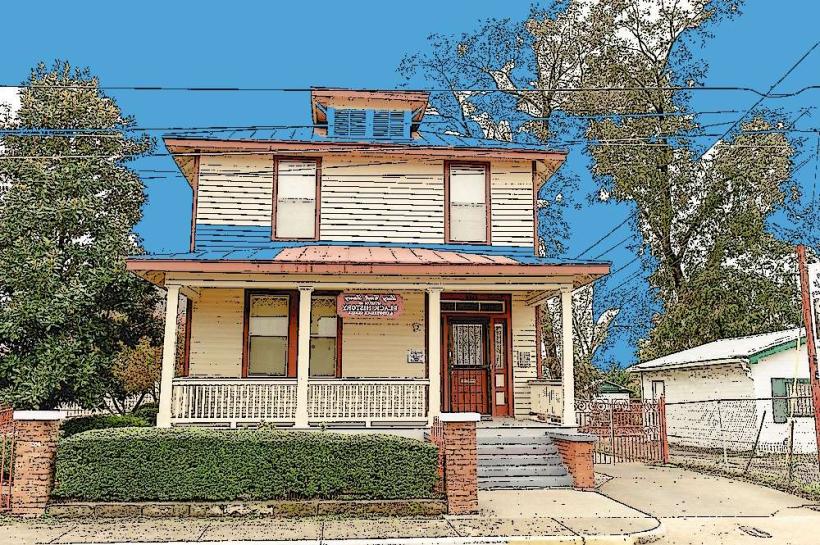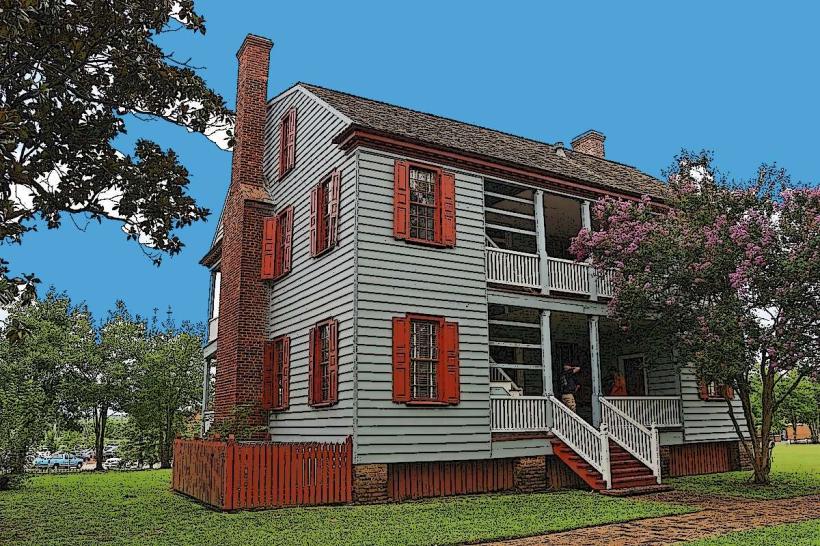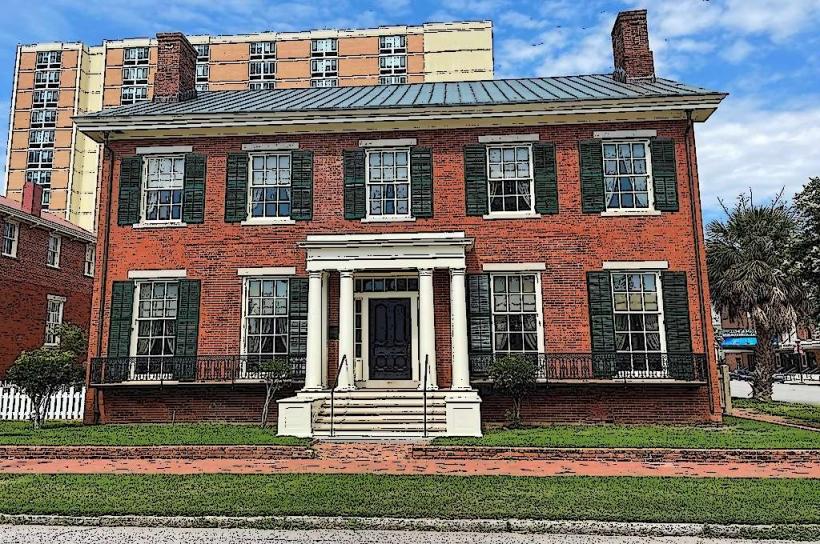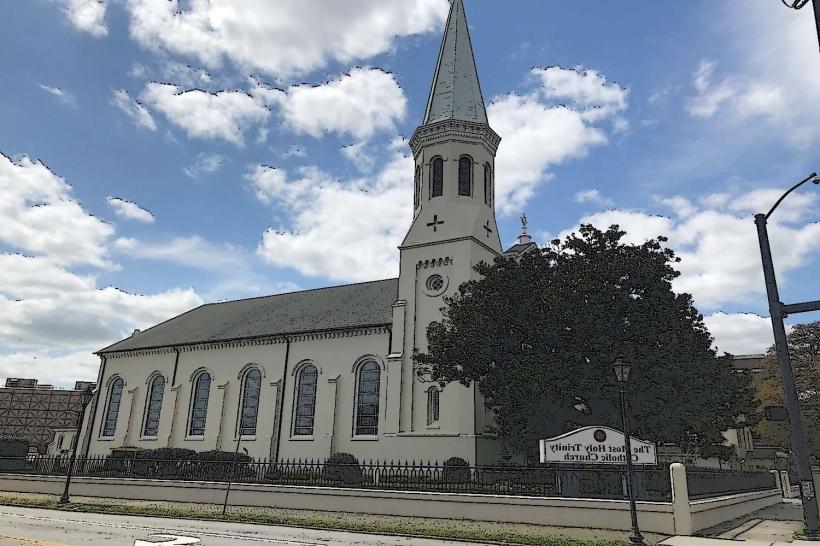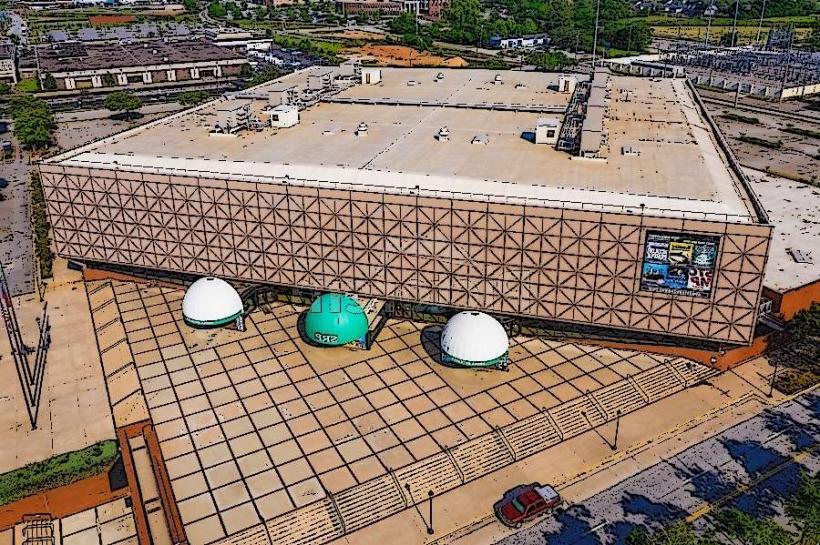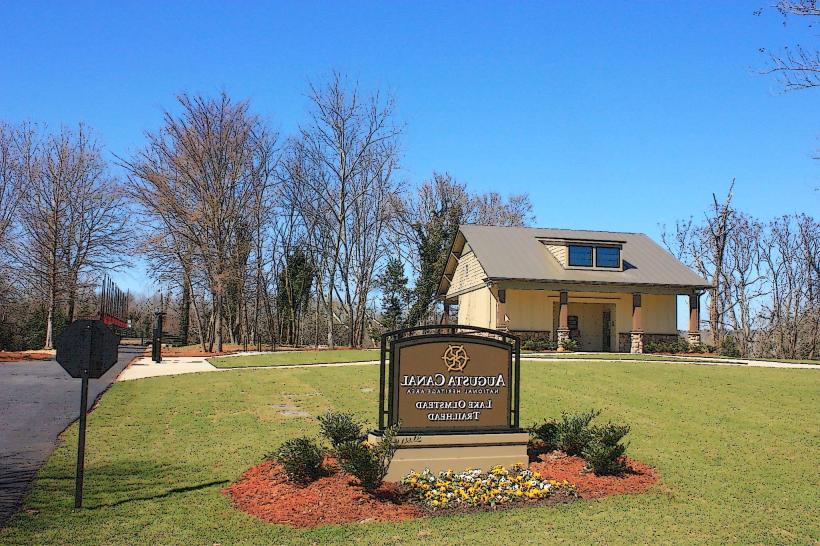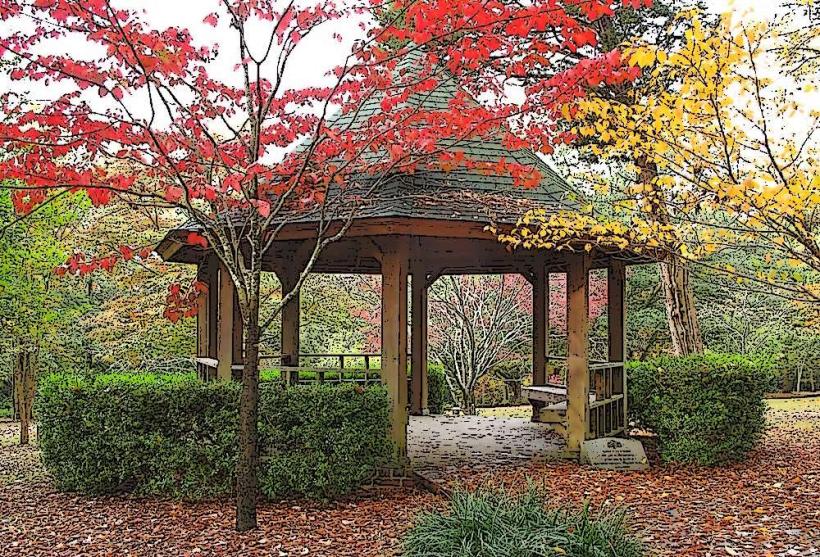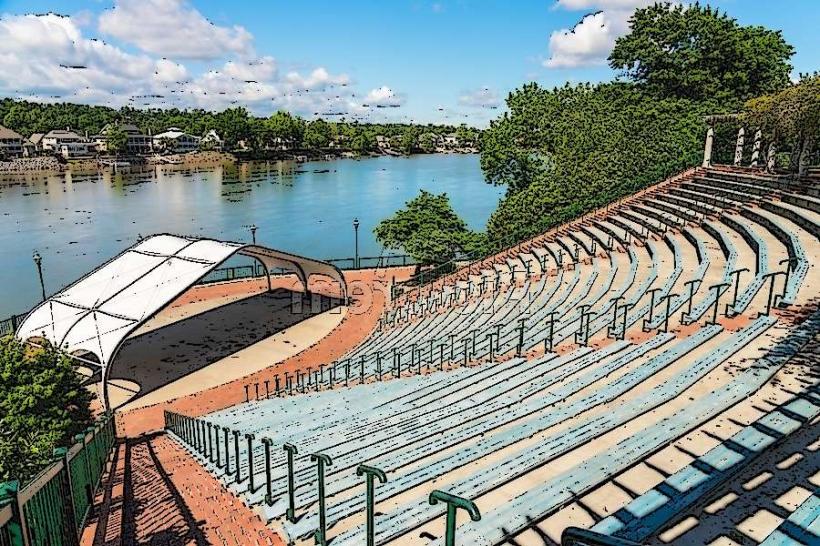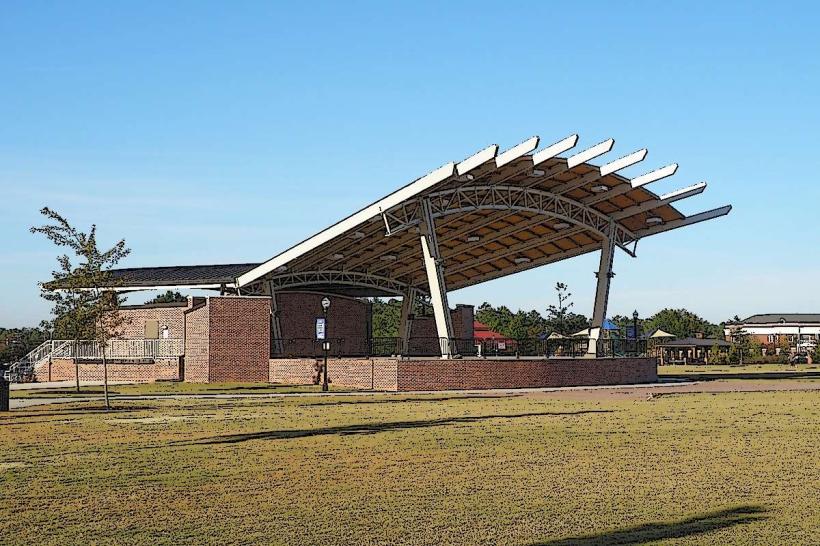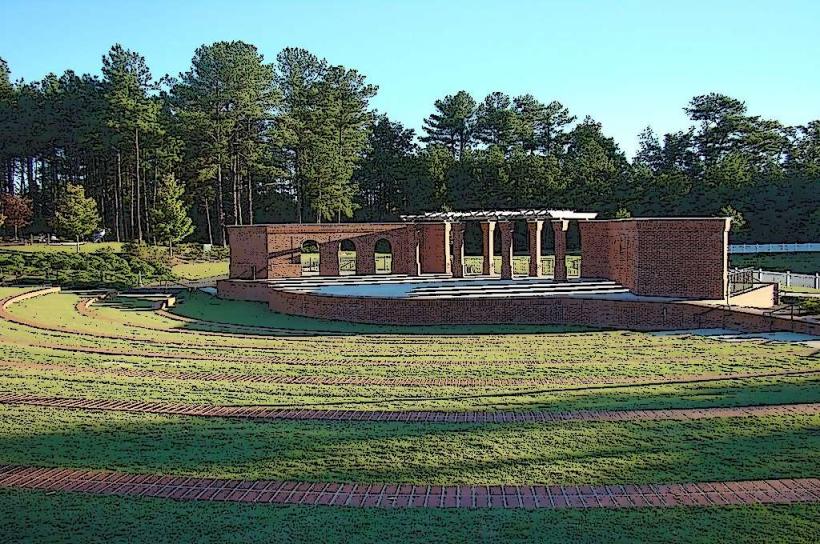Information
Landmark: Phinizy Swamp Nature ParkCity: Augusta
Country: USA Georgia
Continent: North America
Phinizy Swamp Nature Park, Augusta, USA Georgia, North America
Overview
Just a few miles from downtown Augusta, Georgia, Phinizy Swamp Nature Park stretches across 1,100 acres of winding waterways and marshland, after that it’s one of the region’s top natural spots, where conservation meets hands-on learning and trails wind through fresh pine-scented air.The Phinizy Center for Water Sciences manages the park, working to study and protect the area’s streams, wetlands, and the wildlife that depends on them, simultaneously this park is a rare slice of wild nature in the city, where you can wander boardwalks over quiet marshes, spot herons lifting off the water, and learn how to care for the land, to some extent Phinizy Swamp Nature Park sits in the Savannah River’s floodplain, where cypress-tupelo swamps give way to shady hardwood forests, still ponds, open marshes, and even carefully built wetlands, alternatively these ecosystems are home to countless plants and animals, from tall swaying grasses to darting frogs, offering the vital shelter and space they need to thrive.In the swamp, bald cypress trees rise tall, their knobby “knees” jutting from the water, alongside tupelo gums, stands of pine, and a tangle of shrubs and wildflowers beneath, therefore the park features man-made wetlands built for cleaning water and supporting research, a fresh approach to restoring ecosystems and managing water sustainably.As it happens, You can hear frogs calling from the reeds at dusk, as a result the park offers more than 14 miles of well-kept trails, winding through its lush, bird-filled landscape for visitors to explore.Some trails are rough dirt paths, others crunch underfoot with gravel, and a few are smooth, paved routes that anyone can navigate, along with one of the best routes is the Beaver Dam Trail, a half-mile stretch of packed dirt that winds through shady woods and opens onto a quiet beaver pond along Butler Creek.You’ll find plenty of clues along this trail-gnawed tree stumps, beaver dams, and the occasional glimpse of other wildlife, meanwhile pond Trail is a 0.8‑mile loop that winds around an equalization pond, with stretches of raised boardwalk where you might spot a heron lifting off or a turtle sunning on a log alongside other wetland wildlife.The Constructed Wetlands Trail runs for about a mile, its crunching gravel path winding through carefully designed wetlands that serve both wastewater treatment and research, then a chorus of herons, ducks, and darting fish make these wetlands their home, sort of River Scar Trail is a 1.1-mile stretch of gravel that winds around an ancient river channel, shaded by cypress and tupelo rising from the swamp, and ends at a viewing deck where you can take in the striking shape of this rare geological scar, alternatively alongside those features, the park recently added a smooth, fully accessible paved trail, paid for with grants aimed at making sure everyone can enjoy it.Just so you know, The trail’s wide, smooth path welcomes wheelchairs, strollers, and anyone with mobility challenges, so more people can enjoy the park’s pine-scented air and sweeping views, subsequently phinizy Swamp Nature Park, a haven for wildlife and birding, is celebrated around the world as an fundamental Bird Area, where more than 240 species-from tiny warblers to great blue herons-can be spotted year-round.Birdwatchers and naturalists flock here, especially when migration fills the trees with restless wings, consequently you’ll spot King Rails, Virginia Rails, Wood Storks, and a lively mix of warblers and waterfowl here, their calls echoing over the water.The swamp also teems with life-American alligators bask on muddy banks, river otters slip through the shallows, and turtles, frogs, snakes, plus a host of other reptiles and amphibians make it their home, equally important this rich patch of land shelters everything from sparrows to rare orchids, making it an essential haven for conservation, moderately The park serves as a living laboratory, where students and scientists study nature up close-dragonflies skimming the ponds-thanks mainly to the Phinizy Center for Water Sciences, in turn the organization works in the park, testing water clarity, observing wetland wildlife, and restoring damaged habitats.The center runs a variety of educational programs for every age, like Eco Explorers, where kids get their hands dirty studying local streams and learning how to protect the ecosystems around them, meanwhile guided Nature Walks: Friendly naturalists lead the way, pointing out the rustle of reeds, the flash of a heron’s wings, and the intricate web of wetland life.Interestingly, We’re offering workshops and lectures on bird identification, native plants, and water resource management-like spotting a red-tailed hawk or recognizing the scent of sagebrush after rain, also these programs help the park inspire environmental care in the community, while also backing vital research to safeguard the region’s water-clear streams, quiet marshes, and all.Phinizy Swamp Nature Park welcomes visitors year-round, opening from dawn to dusk, and its free admission makes it easy for anyone-from nearby families to curious travelers-to wander its quiet trails, subsequently the Visitor Center, open mostly on weekends, offers maps, restrooms, and hands-on exhibits that bring local history to life.You’ll find several shaded picnic spots, like the Pfizer Pavilion with its wide wooden tables, and you can reserve it for group events or celebrations, as a result you’ll find restrooms at major trailheads, easy to spot near the wooden signposts.You’ll find plenty of free parking right by the main entrance on Lock and Dam Road, next to the immense oak tree, equally important the park blends play and preservation, giving visitors room to wander under rustling leaves while keeping its delicate ecosystems protected from harm.You’ll find Phinizy Swamp Nature Park at 1858 Lock and Dam Road in Augusta, Georgia, where the air smells faintly of pine, and just minutes from downtown Augusta, it’s a favorite spot for residents and visitors looking to escape into the shade of pine trees and fresh air.You can drive right into the park, where radiant signs point the way and a minute lot waits for your car, on top of that phinizy Swamp Nature Park is a rare pocket of wilderness in the city, where you can wander past rustling reeds and hear the soft splash of a heron taking flight in a southeastern wetland.You’ll find miles of winding trails, the flash of herons lifting off the marsh, and programs that show why wetlands are vital for clean water and protecting wildlife, in turn with its untouched trails, easy access, and hands-on environmental programs, the park has become a cherished hub for the community-drawing hikers, birdwatchers, families, and students eager to spot a heron or explore the lessons of ecological sustainability.
Author: Tourist Landmarks
Date: 2025-10-03

